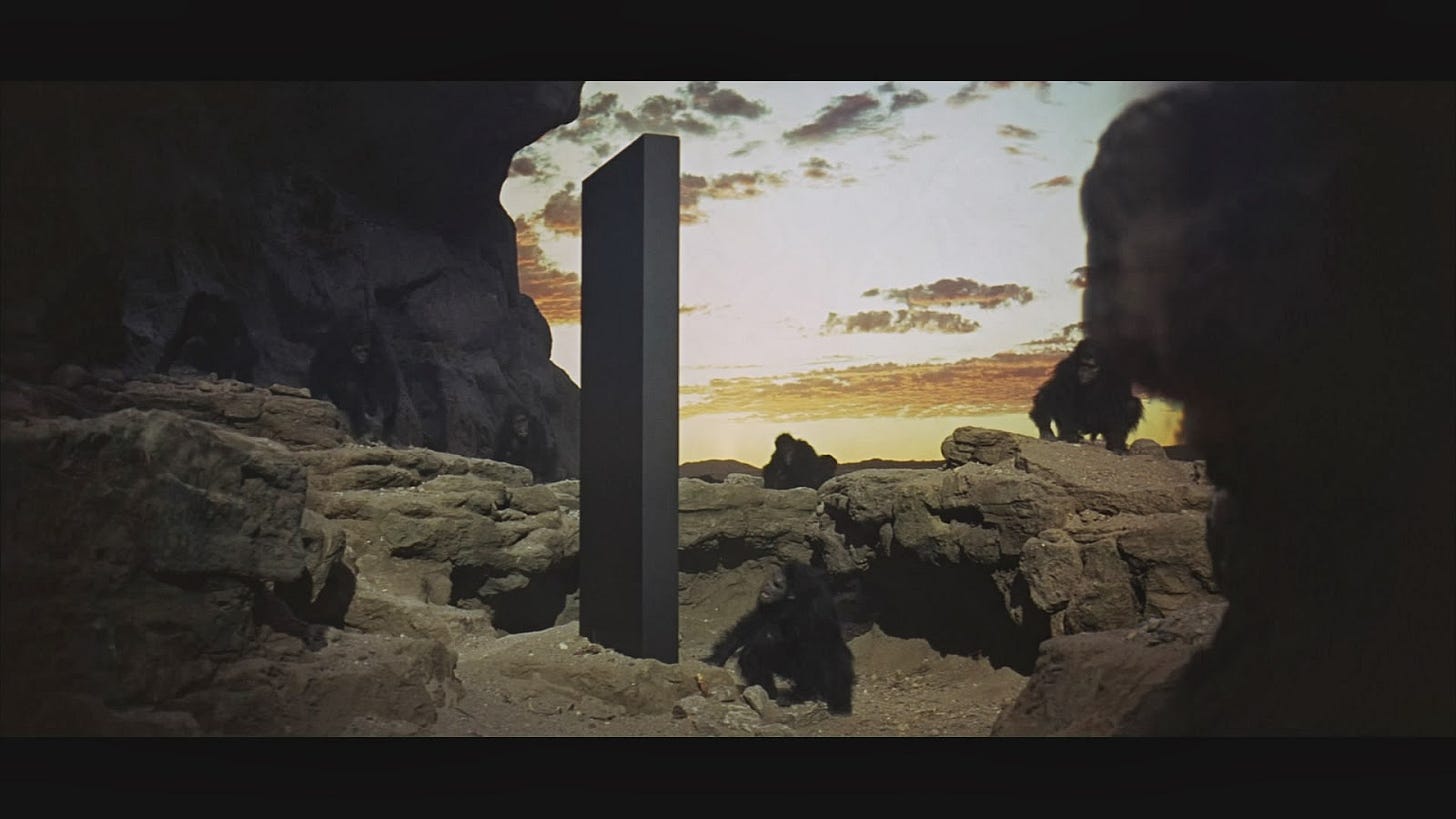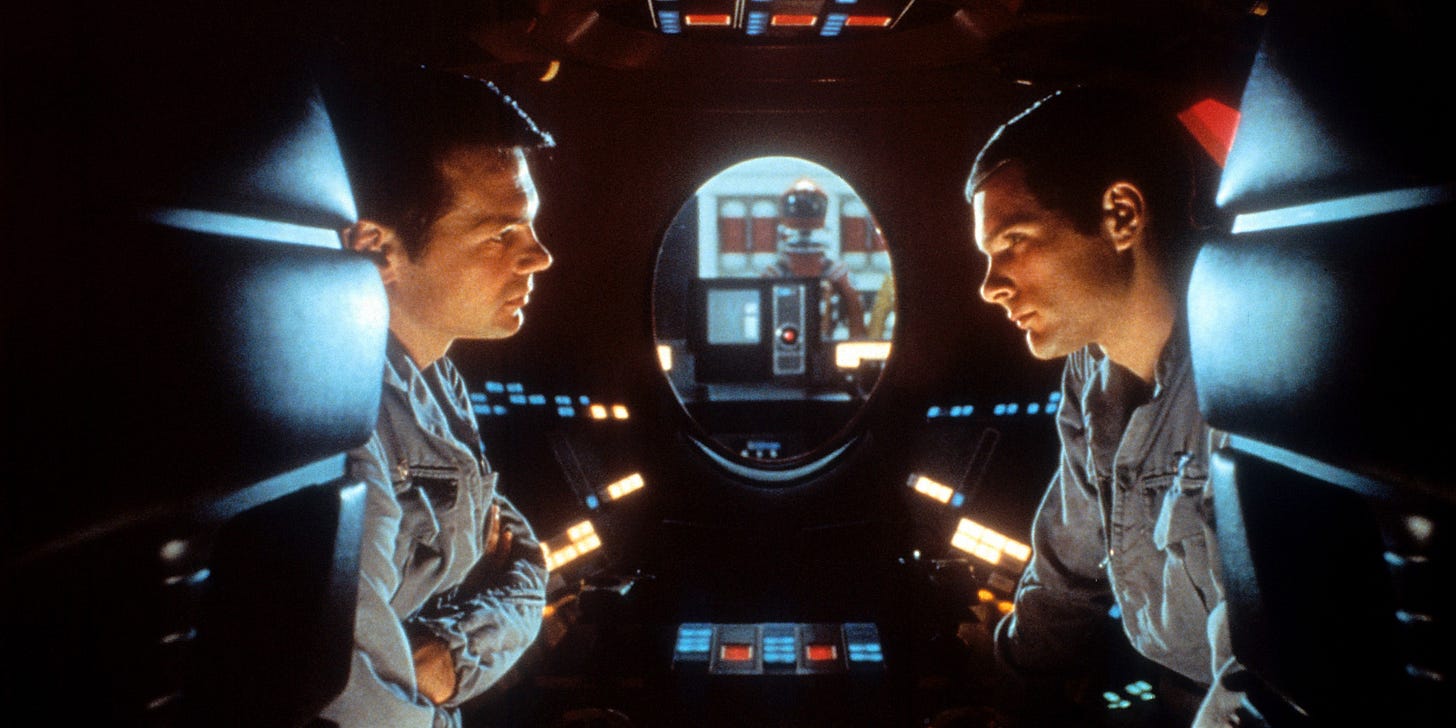PART 2
As German Philosopher Peter Sloterdijk argues in his After God (2020: 192 p.) the Gnostic world always already precedes every negation. It cannot be Negated by any antithesis, and it allows vast mythological and theological energies to emerge from repression as potentialities of psychological negativity.
Each side of Gnostic difference creates a new language of dissatisfaction with the world – a great negation where the soul reckons “authentically” a belonging to a world-less sphere. Both offer an undeniable place “in the world” in opposition to the possibility of negating everything that is “of the world.” (192 p.).
This thesis is being put to a planetary test in the new Cold War 2.0 being made explicit in the Ukraine conflict. Here two spontaneously opposed Gnostic logics that are struggling to manifest a One difference to determine the hegemonic order for global subordination. Here the struggle is a difference between “Western Petrodollar Imperialism” and “Eurasian Expansionism”.
Nothing captures the Gnostic essence of the world at play in Cold War 2.0 better than Kubrick’s 2001: A Space Odyssey (1968). The film itself describes a Humanity chasing its own posited “progress” as a cosmic synchronicity of planetary alignment; a chase following on from the “meaningful” Monolith placement, a placement that “must” be of the world and in service of a Human-to-Posthuman objective of Absolute development.
Nonetheless, what is the Monolith of 2001? Is it of the world? The framed screen-reality is the Monolith as “Set”, it appears as the: Thing, the partial-object periphery stain of the Real. Thus, the Monolith captures perfectly the tension of Gnostic difference: “Why is there X instead of nothing?”. In 2001 the Monolith as Thing inaugurates a transposition of psychological life from nature into history, where psychological time is of the world with all its natural cycles.
In 2001: A Space Odyssey it is “on the surface” a story of the sort of co-immunity Evolution of Humanity that drives the Gnosis of Cold War 2.0. For instance, in the film goes back to the beginning, a “sometime” in the distant Human past where a mysterious transcendent Thing, a Monolith appears as an X not of this world, thus it presupposes an outside logic at work of the world.
A Gnostic “evolutionary” logic whereby any mystery like the Monolith “being placed” on Earth presupposes that there can be an X ordering the universe, an evolutionary efficiency. In the plot the arrival of the Monolith leads “early man” to increasingly rational wars of resource acquisition and weapons development alongside the increasing tool development.
This is an Evolutionary process leading via a classic jump cut to Humanity being at home in space travel in the future year of 2001. Therefore, 2001 offers a Gnostic Evolutionary logic where “desires are directly materialised” as Kant’s transcendental idealism, an anti-Human efficiency in service of infinite divine Reason.
In 2001 one must place themselves into the of the world flux of time where private immunity can only emerge within a framework of effective social co-immunity; only the formation of an intergalactic biopolitical technocracy will solve “our” present problems. Therefore, in 2001’s co-immunity the cost-benefit analysis legitimises a race to Jupiter as it legitimises why a subject must sacrifice at a lower level to ascend to a subjectivity level (as with all economics, public policy services, virtues, and so on).
This logic of the world driving 2001 enables humanity to reach the moon's surface, where yet another Monolith is found! One that signals (via Gnostic pattern recognition) that the Monolith was “placed”, and this means Humanity is subordinated to a Higher Cause of the universe (as world), and this is “Why Humanity must continue to evolve technological development to get beyond themselves”.
Additionally, of the world opens up an active and continuing illumination of actuality to the subject. It offers a subject illumination by allowing new terrains of reality, a truth procedure by not performing commentaries on old truths in the world, but by making historical illumination of the world, both on this side of religious themes and beyond. Thus, the Monolith is of the world as an Id-Manifesting Machine directly materialising our unacknowledged fantasies. The monsters of society are here “nothing” but the materialisation of the character’s impulses self-actualised via the Thing.
Unconsciously, in 2001: A Space Odyssey (1968) the Thing is a negation already present as a spectre before the very beginning of Stanley Kubrick’s masterpiece, it opens with a MGM production logo and then the void of the world, an unsettling ambient black screen for many minutes, here the void precedes every negation. Just as some have speculated, including the ever-interesting youtuber Rob Ager, that in turning the Monolith on its side it IS the letterbox of the cinemascope screen.
Subsequently, the infinite void of the world is captured via the Monolith (as Thing) turned sideways as the “screen” itself. The blank rectangle is the Monolith we see throughout the film as the Thing. Therefore, the viewer is forced to place their desires and speculations unto the Monolith-as-Mirror to cope with the ominously strange ambient sound underneath. Against the background of this abyss of the universe, these abstract markers of space offer a void of the world.
Then suddenly, a thundering sound emerges from behind the backs of the viewer as: Also Sprach Zarathustra by Richard Strauss arrives from our innermost generative backside; here the visual Thing-as-sound source arrives from within the diegetic space of cinematic representation, an impossible arrival of the world as traumatic.
Consequently, 2001 brilliantly captures the of the world found in Human systems of solidarity and immunity, obviously. This logic sees itself as an overcoming of any type of organismal egoism, a logic where subjects enter a universality via an intergalactic mission for overcoming individuality via a technological birth of the post-Human “Star Child”.
Of course, this is the Gnostic practice of distinguishing the foreign (biological or cultural “other”) from of the world is an immunity that always-already involves a strong element of cultural altruism, a common temporality sublimated to an algorithmic desire; a desire of the world where all Humanity becomes a tool setting aside private advantages for a goal of the common good.
In fact, Cold War 2.0 follows the logic of the world set out in 2001 as it reveals partial systems that compete over an un-placeable binary logic, a zero-sum game where every partial system seeks its own advantage, but the Whole remains unprotected of potential combatants; a catastrophic drift of two global actors in a process of struggle and actors “courageously” creating a Totalising unity of solidarity (2020; 192 p.).
Nonetheless, the humanity and in-humanity of 2001 is of the world, as these subject(s) essentialise the form of collective Enlightenment. Their account of myth clings to chronicle of emancipatory struggle against capitalism. A post-metaphysical radical secularisation bundle where all distinctions collapse in on upon themselves (God and world, or world and sprit).
The 2001 solutions follow Sloterdijk answer to Cold War 2.0 global dis-order in his “general systemic immunology”. A technocratic Gnostic utopian proposal where he argues for a “General immunology”; a technocracy proceeds from the axiom that all life is the successful phase of an immune system (After God; 133 p.). Since, all “life” stretches beyond biological organisms and into super computer like HAL, yet it also captures historical existence of organised commons of people.
While the category of “immunity” is also the Gnostic techno-military protection of the right to have communal functions. Therefore, his approach sees a fundamental logical integration between machinic community and natural immunity. In 2001 the universal answer is death-drive seen in the of the world characters who follow the Gnostic second extra-worldly magnitude, where the spirit is unhinged from God in a magnitude where whatever was previously called spirit becomes, by necessity, an effect of the world.
This leads to a race to Jupiter mediated by general immunology that cannot distinguish between humanity and anti-humanity, but it always favours increasing the power of supercomputers for universal ends. This is a race between artificial intelligence (HAL) and Humanity (Bowman) toward the presumed higher stage of development justifying the course pursuing the Monolith “placers”.
A humanity following on from the Roman legal system of no communio without appropriate immunitas societal structures. Since, for every immune system is an embodied institutionalised defense against harm and violence of the Thing. Thus, 2001’s subjectivity is a Gnosis that descends into animated bodies, institutions, and higher machines. Here spirit is castrated and becomes natural mechanical mechanisms where “Above” and “below” are indistinguishable.
The prize will be the next step of the world unfolding in Evolution at whatever cost. Even in 2001 human beings must face existential death that the Monolith presupposes one take into account: “/…/ three synchronized levels of immune systems” (After God; 191 p.). Consequently, beyond “biological immunity” protects the individual organisms from monstrous species invasions, while “social immunity” is guaranteed by socialised solidarity, such as space medical or emergency services it is enforced by a legal system to harmonise against violence that impedes Evolution’s historical necessity.
The “progressive” immunity telos at the anti-Human heart of 2001 is: of the world. The film actualises this negativity as part of the very representation of the film. The of the world is an aesthetic paradox where the horror of the Human cannot be fully represented without being a superabundance (surplusage, overflow) represented as content over-and-above representation; it is an infection of world into the aesthetic form itself – infection via its failure of archival lack.
The utopia of “lack” awakens with the Gnostic distinction of places between “in” and “of” the world. Gnosticism is self-consciousness illumination by means of the fundamental thought of existing in the world. While it’s Gnostic “Grace” has its “sufficient reason” in the failure of the world. A failure described in Wittgenstein’s definition of the world as everything that’s the case (der Fall). The individual is now the heaven appearing in “that” her.
This is why 2001 (and Sloterdijk) cannot distinguish between the immunity of the human subject, an A.I. subject, or even the immunity of the subject of Divine Being. This paradox of the world results in a spiral of anti-Human negations that leads to its own self-overcoming through a crisis preserving the immunity of an anti-Human life-form of sublime exception of disappearance.
Just as with the Star Child of post-Humanism, Anti-Imperialism, or Elon’s “People’s Temple” on Mars, the of the world is an active and continuing illumination of the world. It is performed in opposition to commentaries on old truths in the world, but making historical illumination of the world, yet both side with a difference tearing apart religious themes from their beyond.
As a result, Gnostic difference in the world and of the world is grounded in an end point of exception. An exceptional gap between the “I” of “t/here” is an immanent difference in-itself present in every human community by realising to it-self how the beneficial effects of the founding murder require a perpetual renewal vis an imitating ritual of first murder of the world. As a consequence, a societal circuit in the world of Cold War 2.0 requires the violence of difference for immolating new sublime victims.







